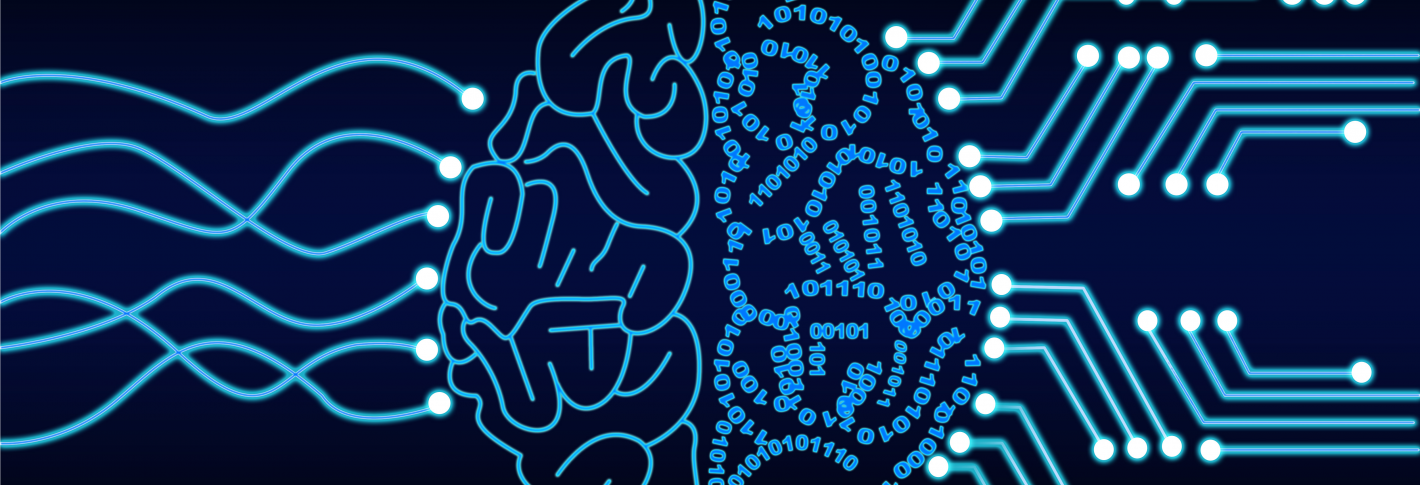What is real intelligence?
Neuroscience studies the only one real example of intelligence: biological intelligence. The one true test of intelligence is the ability to survive and adapt in the real world. Dealing with complexity and uncertainty and developing behavioral strategies that allow you to succeed under those conditions is what we think of as genuine intelligence.
How does biological intelligence inform AI?
That’s the big question. There have been many successes of machine learning and AI algorithms, for instance in visual object recognition. That involves sophisticated pattern recognition in which you train networks on large datasets to develop representations that are capable of doing very effective and efficient detection, recognition, classification, and labeling. Many of those approaches – these deep layered networks – have been inspired by the kind of multiple layered networks found in the visual system.
The future of AI is one in which we understand how biological-like networks generate and apply internal models of the world.
Newer applications of AI require more flexible synthesis: multiple sources of information, and general inference based on limited information. The application to self-driving cars is a good example. It’s not just recognizing the scene, it is knowing what is going to happen next given your understanding or models of entities or agents that are present. That is the reason intelligent biological agents are successful in the world. They are capable of building internal models of the world and using these models to make predictions, to establish expectations and to deal with uncertainty. The future of AI is one in which we understand how biological-like networks generate and apply internal models of the world.
General intelligence, which is a good description of biological intelligence, is one network that essentially solves all the problems as opposed to many networks that solve very narrow sets of problems. The current generation of AI algorithms tend to be very domain specific. Solving the Artificial General Intelligence problem and taking the kinds insights that have been gained from biology in doing so would be a broad mission of CBMM and the core mission of The Quest initiative.
How might these efforts intersect with Picower?
The natural evolution of this work is through broader collaborations between neuroscience and those working in computational neuroscience and computer science: thinking about problems from a synthetic perspective and building artificial networks capable of reproducing the properties seen in biological networks. Those kinds of collaborations are going on right now. We have people working on biological systems that are using sophisticated tools for measuring and manipulating large scale networks, and then trying to interpret that data based upon synthetic networks that are generated and evaluated with the help of computational neuroscientists and computer scientists.
What do you hope the impact of this work will be?
The promise of AI is developing tools that will allow us to solve problems that we had considered previously inaccessible, for instance, by bringing together vast sources of information which can be for any individual person very difficult to understand. Artificial algorithms will have the capacity to digest and discover solutions to problems that we might have missed. Solving the problem of AI is in a sense solving all of the other problems that we might have.






